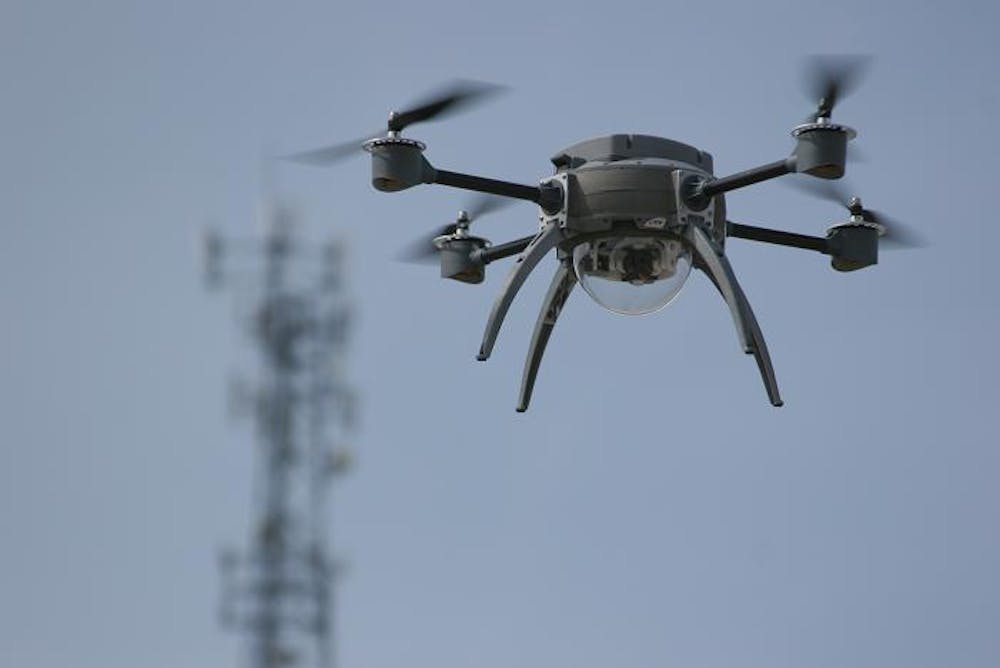Abigail Pollock | Echo
The term "drone" is loaded with militaristic connotations. This makes sense considering that drones, or unmanned aerial vehicles (UAVs), have gained public awareness through deadly military strikes and controversial federal laws.
Step into Washington D.C.'s Unmanned Systems Conference, however, and discover a different sphere of unmanned technology: the commercial sector. In August 2013 this conference featured more than 600 exhibitors of unmanned technology, including hospital robots, robotic prosthetics and drones designed to assist the U.S. Forest Service in managing wildfires.
The Unmanned Systems Conference was held in part because of a growing commercial market for unmanned technology, but it's "as much a public relations push… trying to correct the perception that drones are exclusively instruments of war," according to Al-Jazeera.
Drone manufacturers have reason to be concerned about public opinion. So far, lawmakers in 42 states have proposed legislation that restricts the use of drones. One such community is Deer Trail, Colorado, which proposed the creation of hunting permits for shooting drones as a tongue-in-cheek, symbolic stand against what they perceive as a federal threat to the autonomy of the state and the individual.
Paranoia and political gimmicks aside, military drones do pose a substantial threat for enemies of the state. In a declassified letter to Sen. Rand Paul, the FBI claimed to have employed unarmed drones in ten criminal and national security cases but "declined to elaborate on additional uses, citing national security concerns," according to Al-Jazeera.
Military drones have been used by the U.S. military for spy operations and combat since the Vietnam War, although it was not until 9/11 that the CIA created their own UAV program to target terrorism. According to a tally done by French news agency Agence France-Presse, in Pakistan more than 670 people were killed by drone strikes in 2010, with over 100 people killed so far this year. Six Pakistanis were recently killed by a drone strike on Sept. 22, including an al-Qaida commander and a senior commander for a Taliban-allied group.
Interestingly, only the U.S. and Israel report their military use of drones, though many countries possess UAV technology. China, for example, flew a drone towards the contested Japanese Senkaku islands in early September, according to Foreign Policy online.
Drones introduce a dangerous new dynamic to unstable regions, where a malfunction or mishandled command could spark a massive international conflict. There is almost no international protocol regulating drone usage, in comparison to traditional military technology, which means UAV technology often functions outside of predictable conflict scenarios, typical definitions of warfare and international humanitarian law.
UAV technology introduces the concept of robot soldiers, creating distance between military personnel and warfare. Drones are easier to justify sending into conflict and have no conscience of their own, reducing the perceived cost of war while increasing potential civilian casualties and abuse of power. Although UAV technology has far-reaching implications for many commercial fields, including medical and household appliance, the danger of drones bears careful consideration.Swedish author and intellectual Sven Lindqvist described his fear regarding drone employment in modern warfare, emphasizing the lack of regulation of UAV technology within international relations.
"The border between war and peace grows so blurry when it comes to unmanned aircraft," Linqvist said. "When is it allowed to kill and when is it not, if there is no clear line between war and peace?"




